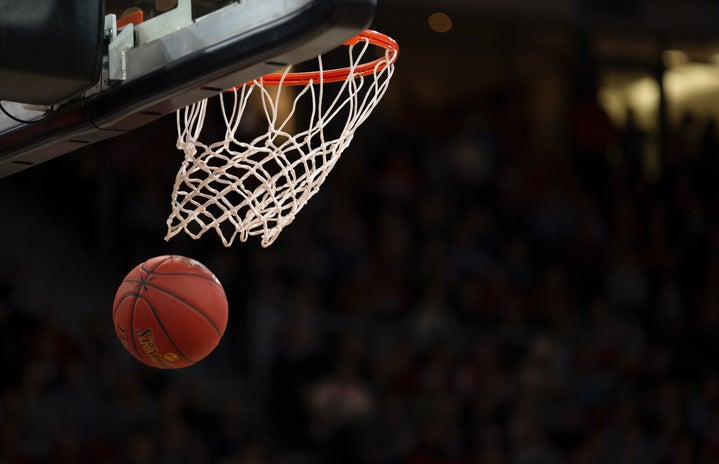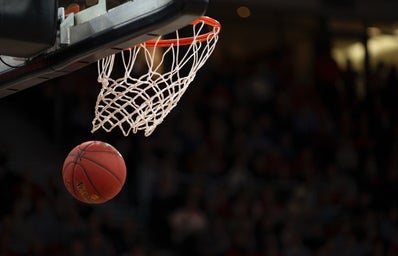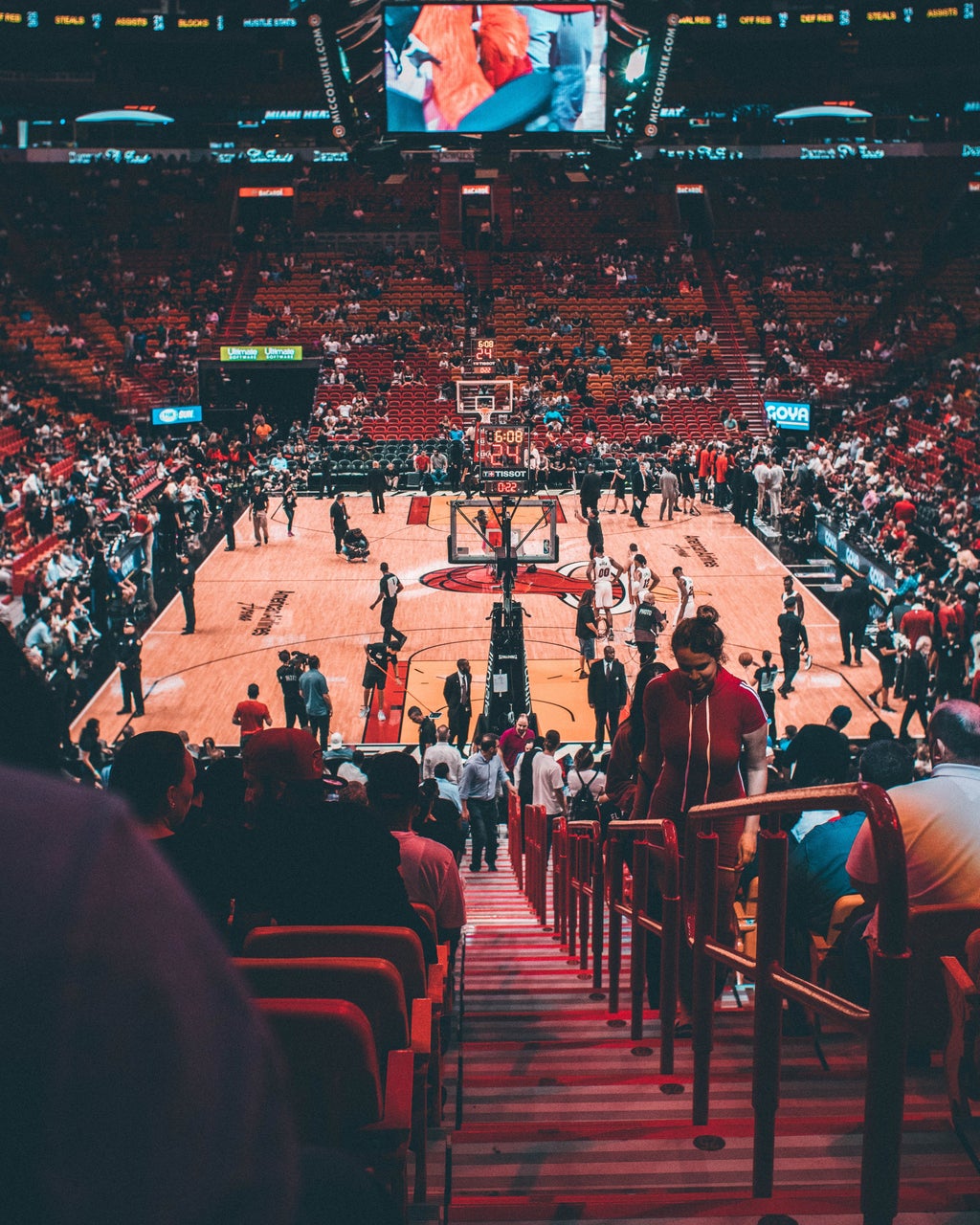The National Collegiate Athletic Association (NCAA) basketball tournament, commonly known as March Madness, puts the best Division I college basketball teams against each other in a single-elimination tournament to determine the national championship. The tournament is widely popular, with the average United States TV viewership of the NCAA tournament standing at 10 million in 2023. The hype around the knock-out style tournament is unbeatable, emphasized with unpredictable upsets and undeniable entertainment, while also showcasing future stars in the professional basketball world.
As a college basketball fanatic (a trait I inherited from my college basketball fanatic father), March Madness is my favorite thing in the world. During the entire month of March, I can only talk about basketball. My Twitter feed is full of tweets documenting the tournament. I subject my friends to ongoing analyses of the games, showing them highlight reels and forcing them to make brackets as well. I repeat the same terms over and over again: “that’s the 5 vs 12 upset,” “they’re the Cinderella,” “my bracket is screwed,” and so forth.
There’s just one thing: up until 2021, I only followed the men’s NCAA March Madness tournament. Not the women’s. Honestly (and I’m ashamed to admit this), I didn’t even know that women’s college basketball had a national championship tournament! This wasn’t an intentional choice or misogynistic diss, but more so due to the overall lack of publicity towards women’s sports.
Recently, women’s sports have been on the rise due to a push for gender equity. In 2021, college basketball player Sedona Prince uploaded a TikTok showcasing the disparity of amenities offered to the men’s vs. women’s teams during the tournament. The women’s weight room (if you can even call it that) was a small rack of hand weights, while the men’s weight room was fully stocked with machines and benches.
Prince’s video went viral and garnered overwhelming attention and support, forcing the NCAA to focus on issues of gender equity and re-evaluate its treatment of women’s basketball. The most significant change was allowing the women’s tournament to use March Madness marketing and branding. All progress is good progress, but the fact that it took until 2022 to recognize the women’s tournament as March Madness is a little insane.
This year, the women’s March Madness tournament is particularly special. There has been a boost in coverage and attention not only towards women’s basketball, but women’s sports as a whole. The ratings speak for themselves. Last Monday’s Elite Eight game between LSU and Iowa University brought in an average of 12.3 million viewers, making it the most watched women’s college basketball game on record. This game was particularly special, as it was a rematch of 2023’s final championship (which, at the time, brought in a record 9.9 million viewers).
Iowa’s Caitlin Clark led the Hawkeyes to a resounding victory 94-87. Clark is also one of the main stars of the tournament, coming fresh off a record breaking season that spans across NCAA men’s and women’s basketball alike. She is the NCAA women’s all-time leading scorer, dynamic on and off-court and has garnered national attention from avid basketball fans and the general public alike. Clark’s undeniable talent has shattered gender norms, and is a catalyst for the uptick of interest in women’s basketball.
Clark isn’t the only star of the tournament. This year’s NCAA Women’s March Madness features a powerful cast of talented athletes. LSU’s Angel Reese is incredible — a dominant presence on- and off-court, leading LSU to the championship trophy in 2023 and winning most outstanding player. Stanford’s Cameron Brink is the pinnacle of athleticism, and is predicted to be the No. 2 WNBA draft pick (following Clark at No. 1). Despite only being a freshman, USC’s JuJu Watkins is an unstoppable force and a player to look out for.
And UConn’s Paige Bueckers is a force to be reckoned with. While it is easy to assume Clark has no competition, Bueckers is her main foil. She is an absolute powerhouse, retaining the hype that has followed her since her freshman year in 2021 and even growing in popularity. Her pure skill, versatility, and genuine commitment to the sport cement her as one of the most engaging players on the court.
These star players have brought mass media attention to the tournament, with countless tweets, memes, and jokes being targeted at the players and teams. A popular subject of the tweets is LSU’s Haley Van Lith. Following the Elite Eight game between LSU and Iowa, Van Lith became the target of tweets, due to her lacking efforts on the court. Fans jumped at the opportunity to meme her, focusing on Van Lith’s shrug after failing to guard Clark and her overall poor performance.
It’s easy to try and defend Van Lith, along with critiquing the harshness of social media attention and meme culture. However, the response to her performance actually highlights a positive in women’s sports. It shows that people care about women’s basketball, and engage in the game critically enough to have opinions about the players, coaches, and overall team behavior. Women’s college basketball is finally getting equal treatment, and is on its way to becoming more popular than men’s college basketball.
Earlier last month, my college basketball-obsessed dad asked if I wanted to make a March Madness bracket. I said yes, and he proceeded to send me the link to the women’s tournament instead of the men’s. This small gesture points to a larger narrative: women’s sports, especially college basketball, is at an all-time high. And it will only keep on growing.




